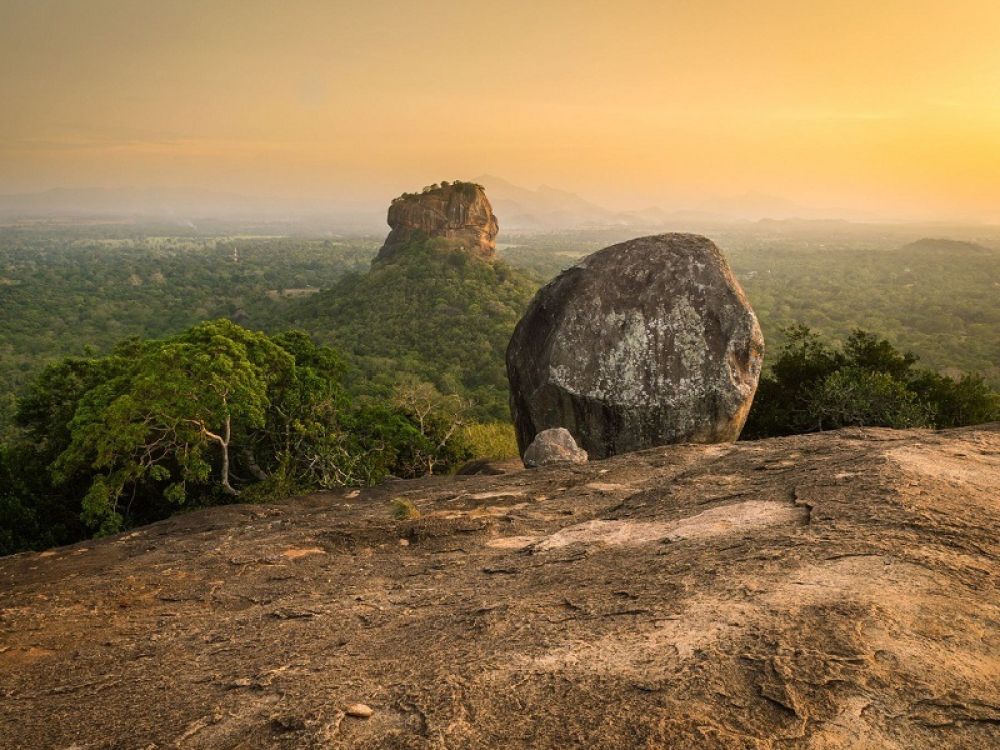

The history of Pidurangala Rock is closely intertwined with the famed fortress of Sigiriya, which is often referred to as the Eighth Wonder of the World. According to the ancient chronicles of Sri Lanka, namely the Mahavamsa and Chulavamsa, Sigiriya was transformed into a royal citadel by King Kasyapa (477-495 CE). Pidurangala, which is just a few kilometers north of Sigiriya, was used as a Buddhist monastery as early as the third century BCE, predating the Sigiriya fortress. When King Kasyapa decided to establish his capital in Sigiriya, the monks residing at Pidurangala were moved to the newly built rock temple complex.
While Pidurangala and Sigiriya have a long-standing historical and spiritual significance to the local population, their introduction to the international tourism circuit began in earnest in the 19th century. Archaeological surveys and excavations led by British explorer John Still and the Archaeological Commissioner H.C.P. Bell brought widespread attention to the ancient ruins and the majestic landscapes surrounding them.
Formal tourism developments commenced following Sri Lanka's independence in 1948. In the years that followed, the government and private sectors began investing in infrastructure and promoting Sigiriya and Pidurangala as premier tourist destinations. The declaration of Sigiriya as a UNESCO World Heritage Site in 1982 greatly amplified the region’s global appeal and spurred further interest in Pidurangala Rock.
In recent decades, conservation and sustainable tourism practices have come to the forefront of the industry in Sigiriya and Pidurangala. Efforts are continuously being made to balance the region’s ecological integrity with its popularity among tourists. Both locals and international organizations have worked tirelessly to preserve the historical sites, including the ancient frescoes, gardens, and the mirror wall at Sigiriya, as well as the serene ambiance and natural beauty of Pidurangala.
The latest trends in tourism around Pidurangala Rock and Sigiriya include eco-friendly accommodations, community-based tourism, and adventure activities such as hot air balloon rides offering aerial views. Travellers today are not only interested in the historic significance of these sites but also in authentic cultural experiences and sustainable travel options. Prominent among these is the rising popularity of "off-the-beaten-path" experiences, which has led to an increased interest in the less-frequented Pidurangala Rock, admired for its panoramic vistas of Sigiriya and surrounding landscapes. Besides enjoying the historical and natural sights, visitors are taking part in activities like village tours, traditional cooking classes, and wildlife safaris in nearby protected areas.
The evolution of tourism in the area of Pidurangala Rock and Sigiriya is a testament to the enduring appeal of Sri Lanka's rich cultural heritage and breathtaking natural beauty. As the industry moves forward, the commitment to sustainability and respect for the historical significance of these ancient sites will continue to shape their role in Sri Lanka’s tourism landscape.